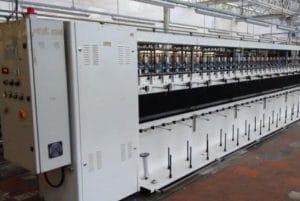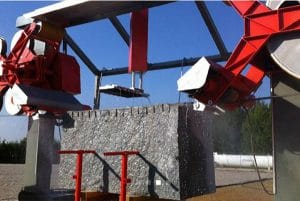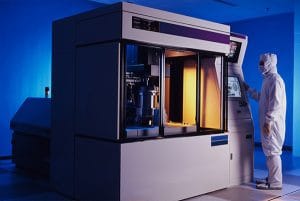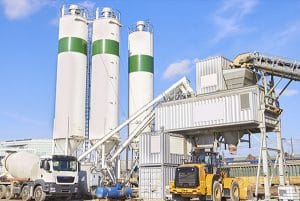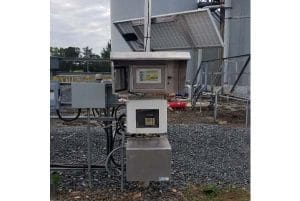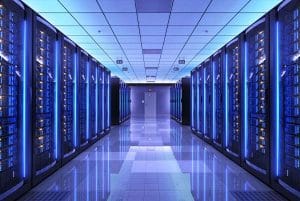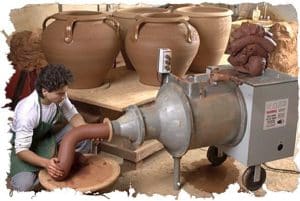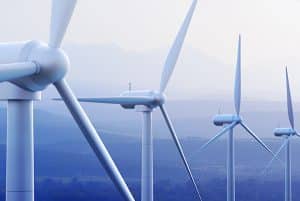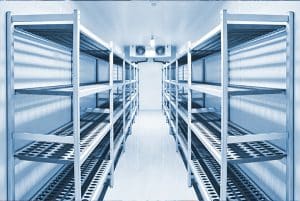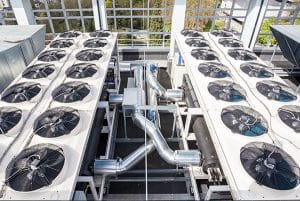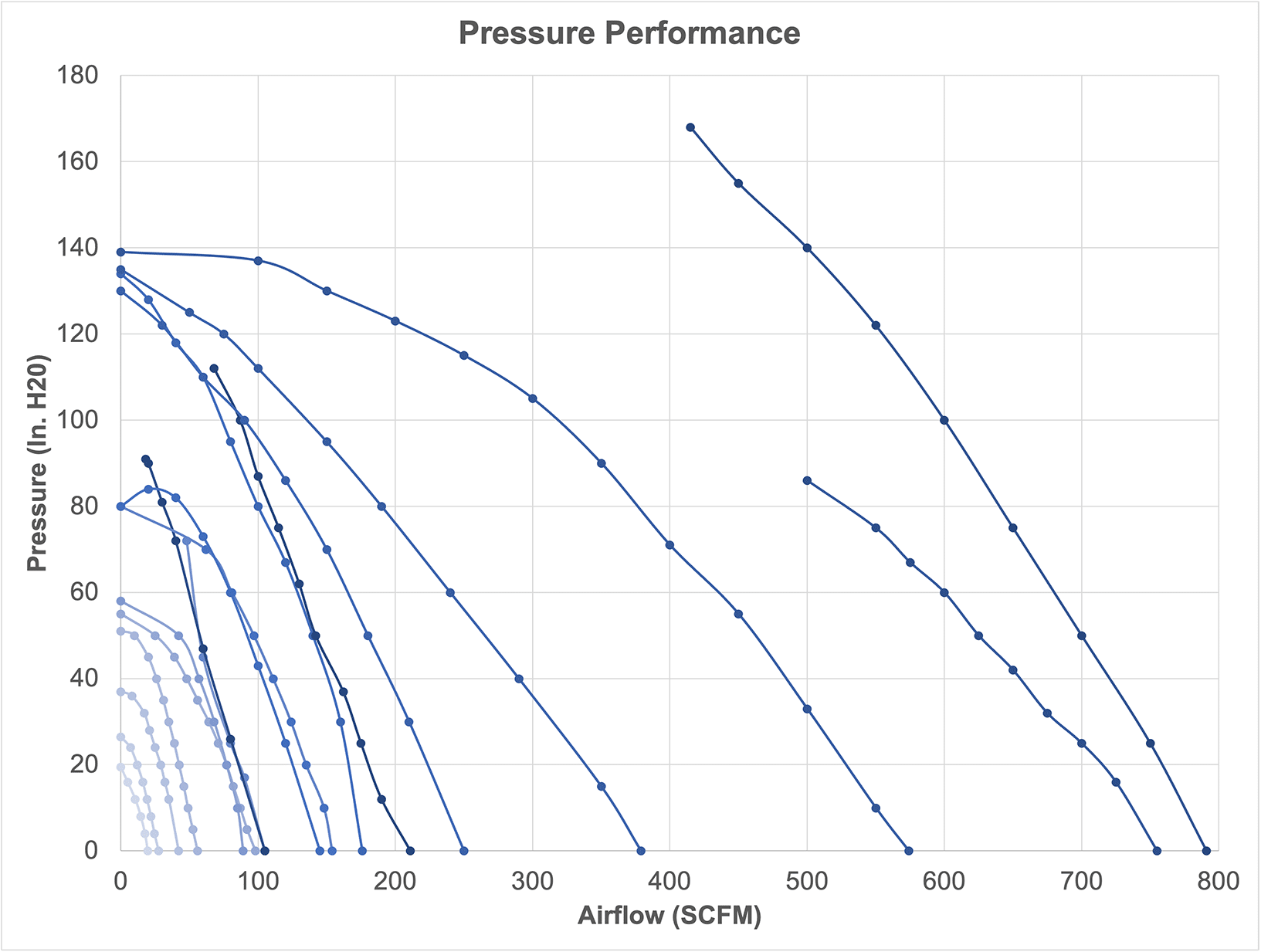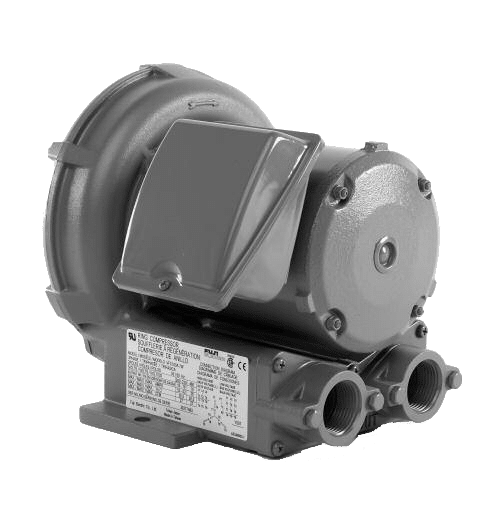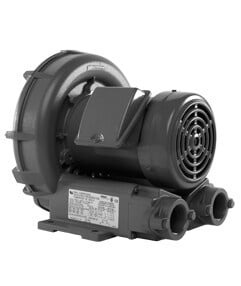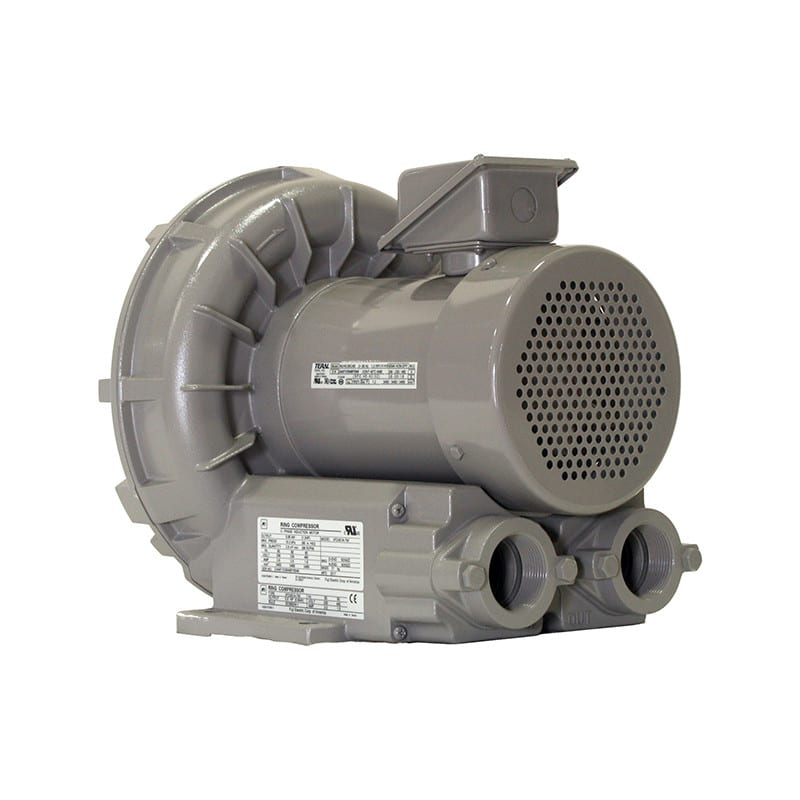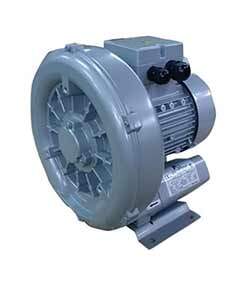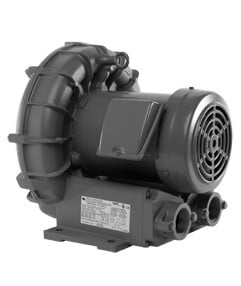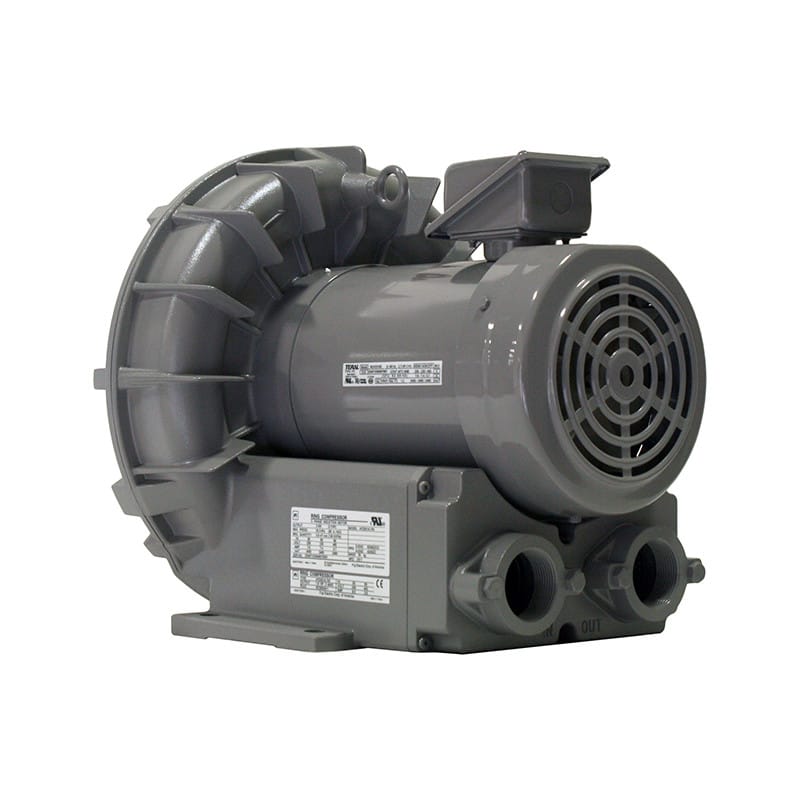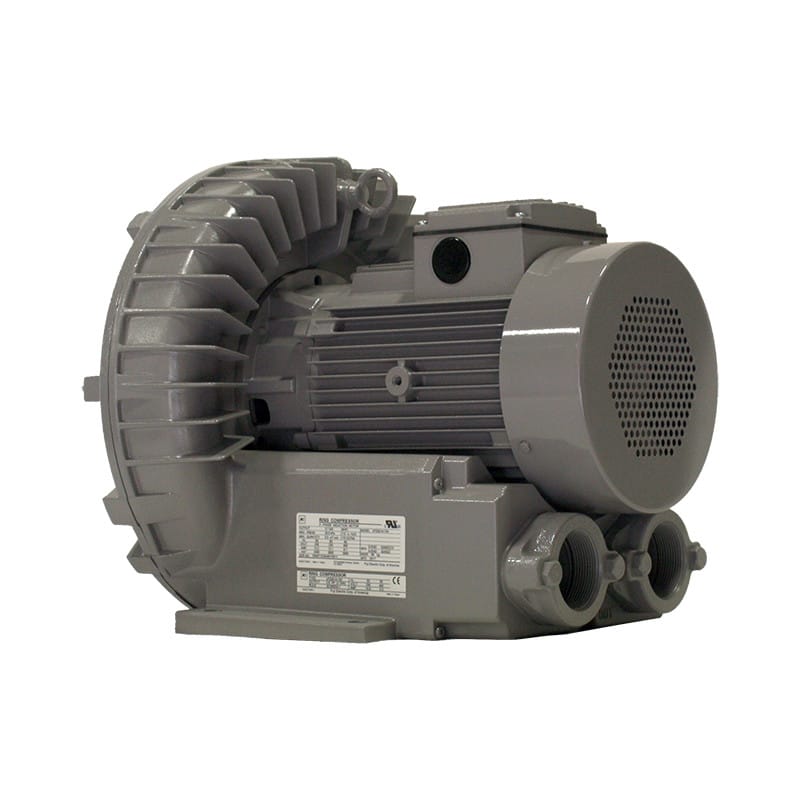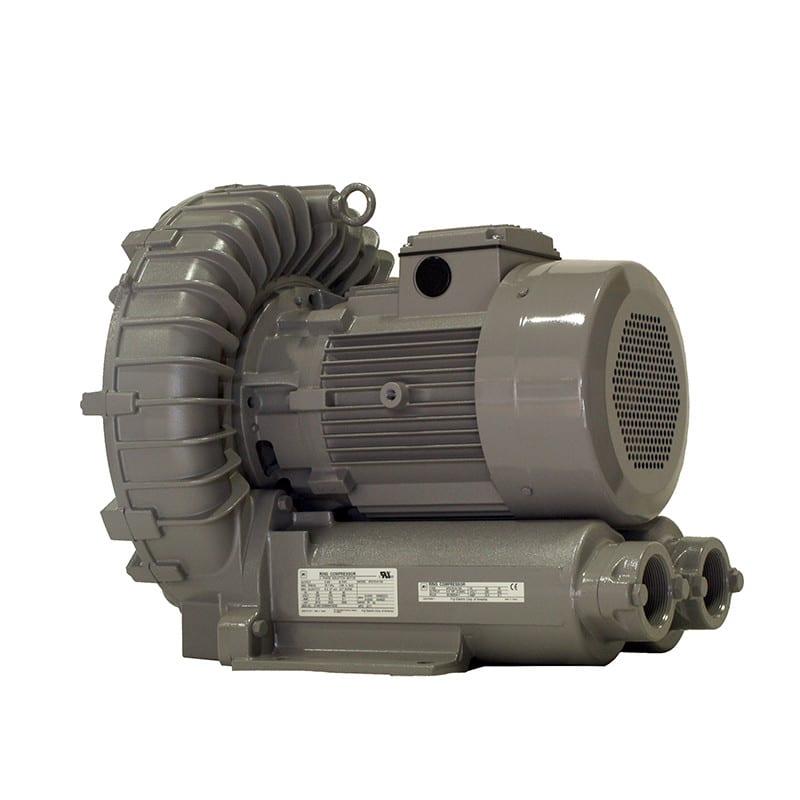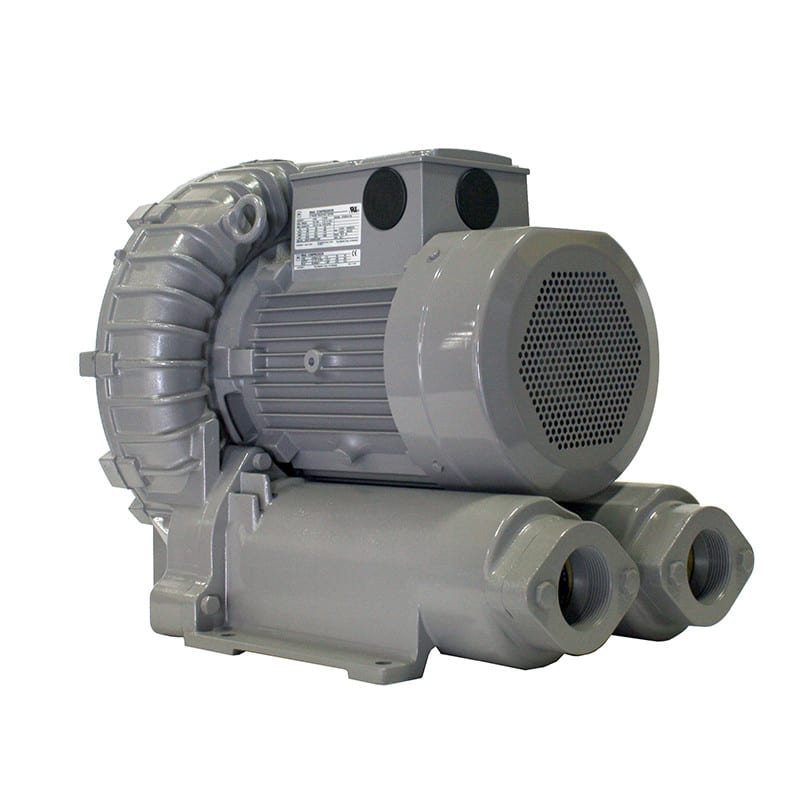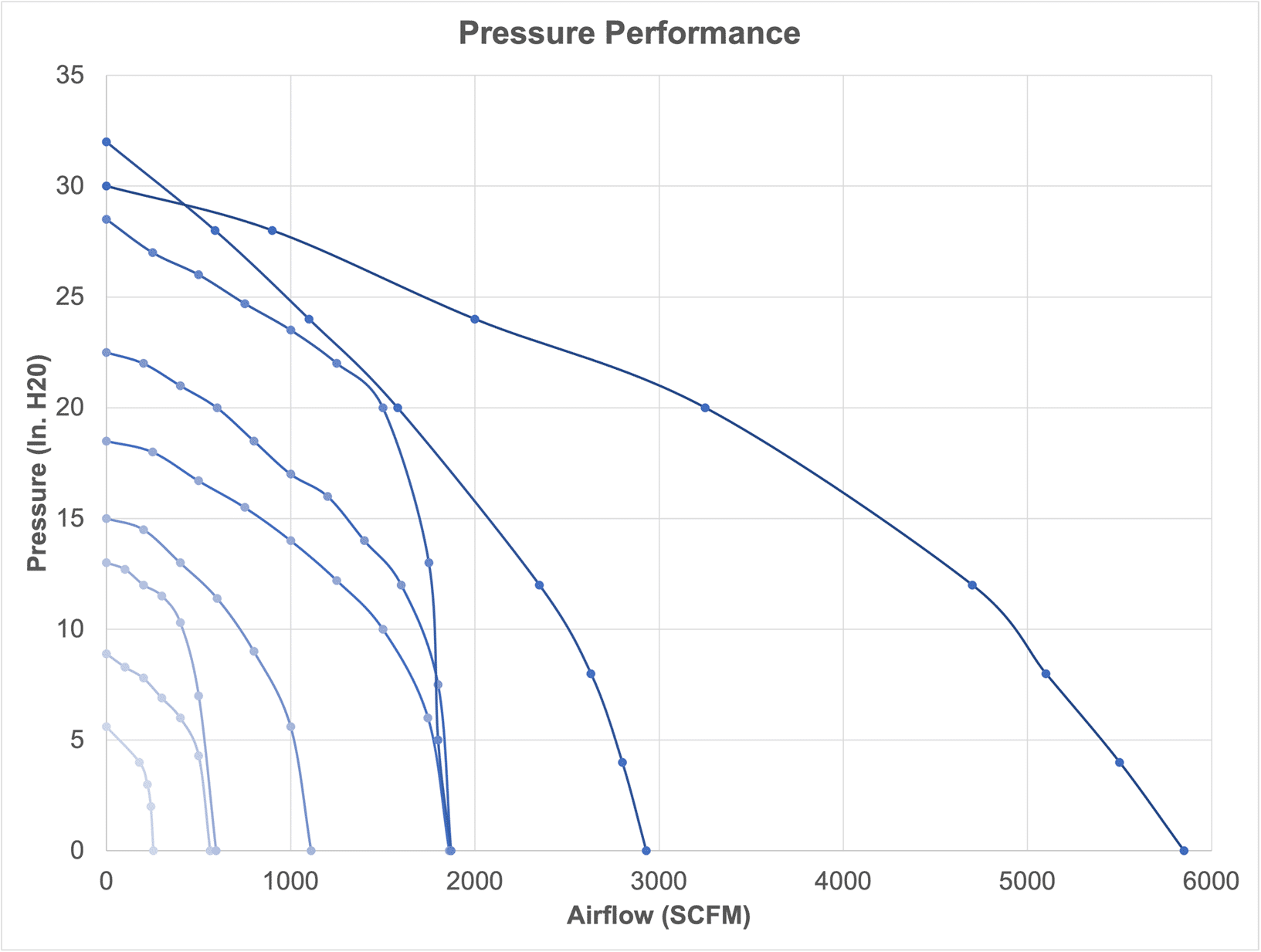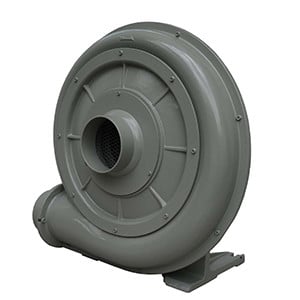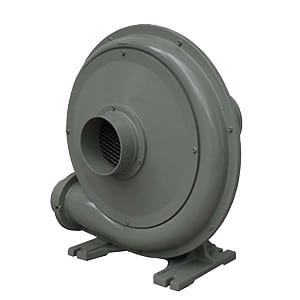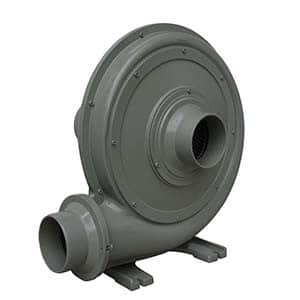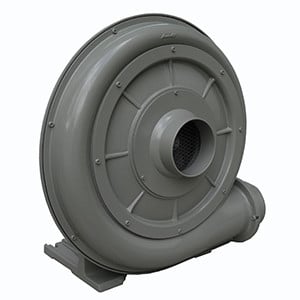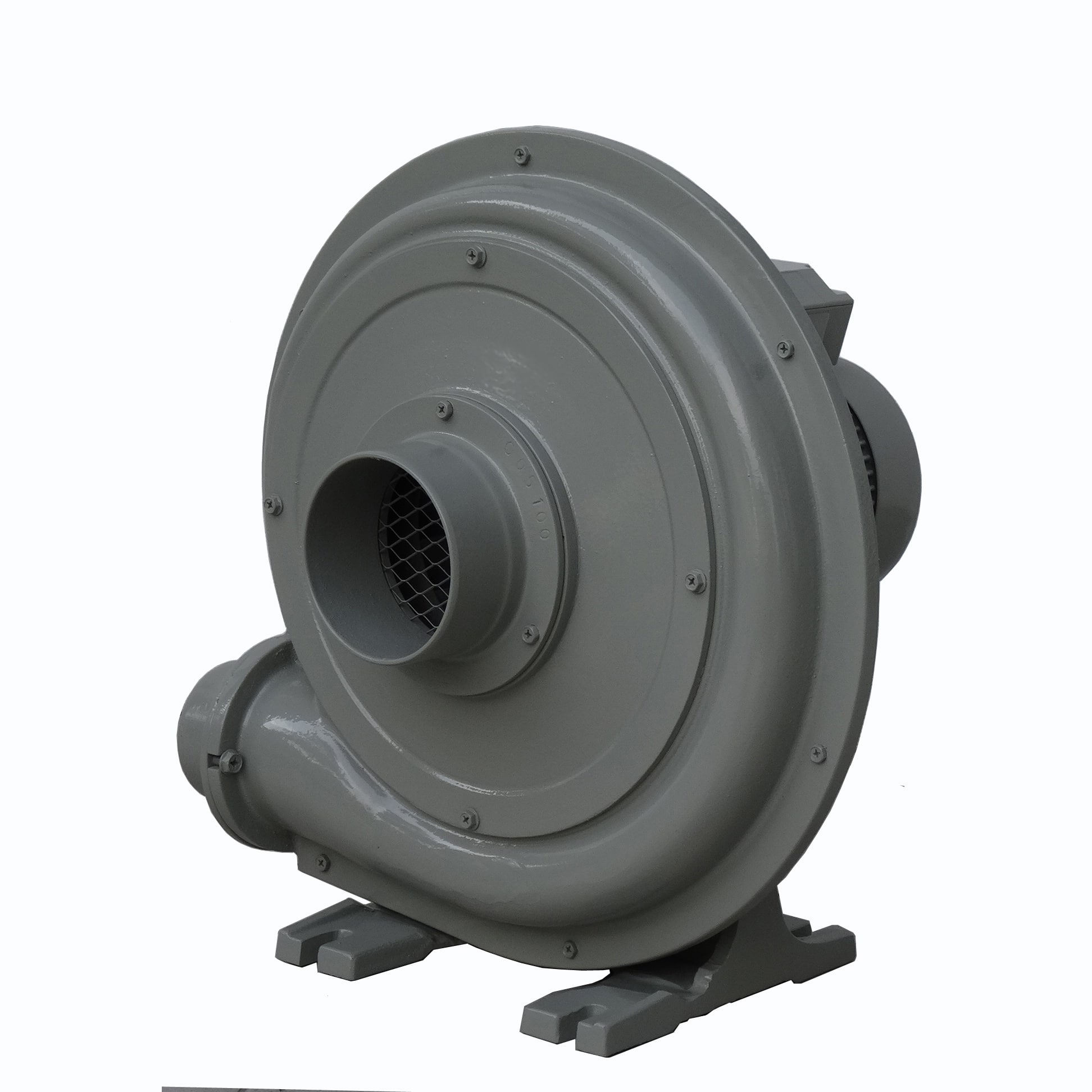Uninterruptible Power Supply (UPS) systems are vital for providing continuous power to critical equipment during outages and power disturbances. One of the key performance metrics for a UPS system is its efficiency, which indicates how effectively the UPS converts and delivers power. Understanding and calculating UPS efficiency is crucial for optimizing energy use, reducing operational costs, and ensuring environmental sustainability. This article explores how UPS efficiency is calculated and the factors that influence it. 
Understanding UPS Efficiency
UPS efficiency refers to the ratio of the useful output power to the input power, expressed as a percentage. It measures how much of the input power is converted into usable output power, with the remainder lost as heat or other forms of energy. Higher efficiency means less energy is wasted, leading to lower operational costs and reduced environmental impact.
UPS Efficiency Formula
The basic formula for calculating UPS efficiency is: Efficiency (%) = (Output Power / Input Power) * 100
Where:
- Output Power: The amount of power delivered by the UPS to the connected load.
- Input Power: The amount of power consumed by the UPS from the power source.
Factors Influencing UPS Efficiency
- Load Level
Functionality: The efficiency of a UPS can vary depending on the load level, which is the percentage of the UPS’s total capacity being utilized.
Impact:
- Optimal Load Range: UPS systems are typically most efficient within a specific load range, often between 40% to 80% of their rated capacity.
- Efficiency Curve: The efficiency of a UPS generally increases with load up to a certain point, after which it may decline slightly.
- UPS Topology
Functionality: Different UPS topologies (offline/standby, line-interactive, and online/double-conversion) have varying inherent efficiencies due to their design and operational characteristics.
Impact:
- Offline/Standby UPS: Generally has the highest efficiency (95% or higher) because it only engages the inverter during power disturbances.
- Line-Interactive UPS: Slightly lower efficiency (90-95%) due to continuous voltage regulation.
- Online/Double-Conversion UPS: Typically has the lowest efficiency (85-95%) because it continuously converts power, ensuring the highest level of protection and power quality.
- Environmental Conditions
Functionality: The ambient temperature and ventilation in the environment where the UPS operates can affect its efficiency.
Impact:
- Heat Dissipation: Higher temperatures can reduce efficiency due to increased energy losses in cooling and heat dissipation.
- Ventilation: Proper ventilation helps maintain optimal operating temperatures, enhancing efficiency.
- UPS Age and Maintenance
Functionality: The age of the UPS and how well it is maintained can influence its efficiency.
Impact:
- Component Degradation: Over time, components such as capacitors and batteries degrade, reducing efficiency.
- Regular Maintenance: Ensures that the UPS operates at peak efficiency by replacing worn components and performing necessary adjustments.
Calculating UPS Efficiency in Practice
- Measure Input and Output Power
Steps:
- Input Power Measurement: Use a power meter to measure the total power consumed by the UPS from the power source.
- Output Power Measurement: Measure the power delivered by the UPS to the connected load.
Example:
- Input Power: 1100 watts
- Output Power: 1000 watts
- Apply the Efficiency Formula
Calculation: Efficiency (%) = (1000W / 1100W) * 100 = 90.91%
Real-World Considerations
- Efficiency at Different Load Levels
Scenario: To determine how efficiency varies with load, measure the input and output power at different load levels (e.g., 25%, 50%, 75%, and 100% of UPS capacity).
Observation: Plot these values to create an efficiency curve, helping identify the optimal operating range for maximum efficiency.
- Manufacturer Specifications
Guidance: Manufacturers provide efficiency ratings under specific conditions. Compare these ratings with actual measurements to ensure the UPS operates as expected.
- Energy Efficiency Standards
Context: Consider energy efficiency standards and certifications (e.g., ENERGY STAR) when selecting a UPS, as these standards provide benchmarks for high-efficiency performance.
Conclusion
Calculating UPS efficiency involves measuring the input and output power and applying a simple formula to determine the percentage of power effectively converted and delivered. Various factors, including load level, UPS topology, environmental conditions, and maintenance, influence UPS efficiency. Understanding these factors and regularly assessing UPS efficiency can help optimize energy use, reduce operational costs, and enhance the reliability of power protection systems.
By focusing on efficient UPS operation, organizations can achieve significant energy savings, improve sustainability, and ensure the continuous, reliable operation of critical equipment.





